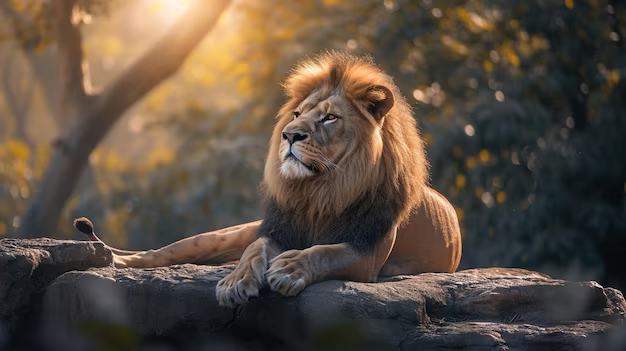meatthesavages.com – Throughout history, culinary arts have been an integral part of royal courts around the world. From opulent banquets in European castles to exquisite feasts in Asian palaces, royal cuisine has always been synonymous with luxury, sophistication, and cultural heritage. In this article, we will explore some of the most renowned dishes and ingredients that have graced the tables of royalty, showcasing the artistry and tradition behind these majestic delicacies.
A Taste of History
Royal kitchens have long been the birthplace of culinary innovation. Chefs were tasked with creating dishes that not only pleased the palate but also demonstrated the wealth and power of the monarchy. These dishes often incorporated rare and expensive ingredients, such as saffron, truffles, and exotic spices, which were symbols of affluence and global influence.
The Art of Presentation
In royal courts, presentation was as important as flavor. Elaborate dishes were often prepared with intricate designs, making them as much a feast for the eyes as for the stomach. Silver platters, crystal goblets, and gold utensils were commonly used to serve these dishes, enhancing the dining experience and underscoring the importance of the occasion.
Iconic Dishes from Royal Tables
Peking Duck
Originating from the imperial kitchens of China, Peking Duck is a dish that has stood the test of time. Known for its crispy skin and succulent meat, this delicacy was a favorite among Chinese emperors. Served with thin pancakes, hoisin sauce, and scallions, it remains a staple in Chinese cuisine today.
Beef Wellington
Named after the Duke of Wellington, this classic British dish is a testament to the elegance of royal dining. It consists of a tender beef fillet coated with pâté and duxelles, wrapped in puff pastry, and baked to perfection. Often served at lavish gatherings, Beef Wellington continues to be a symbol of culinary refinement.
Saffron Risotto
A staple in Italian royal cuisine, saffron risotto is a dish that highlights the luxurious nature of saffron—a spice worth its weight in gold. This creamy and aromatic dish is often served as a first course in Italian feasts, showcasing the country’s rich culinary heritage.
Modern-Day Majestic Delicacies
While the grandeur of royal feasts has evolved over time, the essence of opulence in cuisine remains. Today, chefs continue to draw inspiration from these historical dishes, reimagining them with modern techniques and flavors. Molecular gastronomy, for instance, has allowed chefs to deconstruct and reconstruct traditional royal dishes, adding a contemporary twist to age-old recipes.
Conclusion
Majestic delicacies provide a fascinating glimpse into the world of royalty and the culinary traditions that have shaped our global food culture. From the meticulous preparation to the lavish presentation, these dishes tell the story of a time when food was not just sustenance but a symbol of power, prestige, and artistry. Whether enjoyed in a palace or a modern dining room, these royal-inspired dishes continue to captivate and inspire food lovers around the world.

